Washington D.C. Metropolitan Police
Presidential Assassination Attempts
There are conflicting stories as to how Booth reached the seating area of President Lincoln. However one thing that is factual, Metropolitan Police Officer John Parker was not at his assigned post. The two most talked about reasons are that he moved to another location in order to watch the play and the second was that he left the area to have a drink in a local pub.
In addition to his not being at the door he was never even seen again after the shooting until later the next day when he arrived at the station house for work.
I have read several books on this and subject and watched the History channel touch on it. It seems more likely that Parker was tossing down a pint or two then sitting in the theatre. Had he been in the theatre I would imagine he would have responded to President Lincoln’s seating area when he was shot.
Many have wondered why Parker was even assigned to the White House to begin with since his record was blemished with wrong doings. Parker was brought up on internal charges within the MPDC but was found not to have been responsible. There are no written records on the discipline hearing for him either.
Mrs. Lincoln blamed Officer Parker for his failing to be at his post when her husband was assassinated and could never understand why he was never punished for failing to be at his post. Several years later Parker was released from the MPDC for several complaints brought against him.
Officer William H. Crook was the closest Policeman to President Lincoln that was assigned to the White House. ( at this time in history the MPDC had assigned officers to the White House. It wasn’t until the 1920’s that a private police force was formed just for the White House).
Officer Crook believed that had Parker been on his post the President would not have been killed. It had been Booths intent to stab the officer, but since he wasn’t there.
Officer Crook was very loyal to the President and expressed his fear of an assassination often. On the evening the President was murdered Officer Parker was Officer Crooks relief. Officer Crook was held over for three hours, (4pm-7pm) because Parker was late for his shift. Crook was assigned to the White house for the length of five Presidents and has written several respectful books about his experiences at 1600 Pennsylvanis Ave.
It’s a shame that someone like Parker has more attention in the history books then a man of high charactor like William Crook.
This is Metropolitan Police Officer William Crook. He was not present at President Lincolns Murder but was known to be the closest D.C. Officer assigned to protect him. He has written several articles about working in the White House and President Lincolns assassination.

President Lincoln was not fond of having his picture taken. This picture is the last known one taken of him. He is sitting with his son Todd.




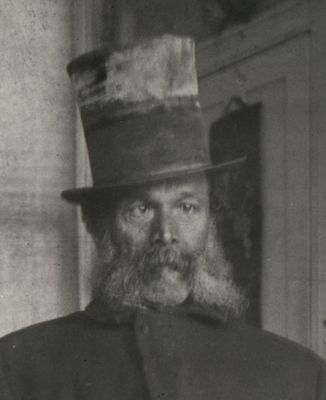

The research I have conducted shows this to be the only known reference of the inside of the STAR SALOON which is attached to the Ford Theatre. This is where Private John Parker is alleged to have been drinking a beer while president Lincoln was shot. I know of no other picture of the Star Saloon.
Parker was the policeman assigned to President Lincoln that fateful evening, but where was he ? There are three suggestions. First is he was sitting in the viewing area watching the play. Second is he started at the theatre then found his way to the Star Saloon. Third and the one “I” find most possible, he went directly to the Star Saloon with the coachman and remained there until the assassination. He was not seen until the following morning when he brought in a female custody. He was brought up on charges and cleared. NO COPY of his trial have been found and he was released from service several years later. He was never known for being a good police officer either before the assassination or after. Which leads one to wonder why he would have been assigned to guard the President to begin with.

July 2nd, 1881
President Lincoln wasn’t the only President someone tried to kill where a member of Metropolitan Police were present. A young Irish Metropolitan Police office who was on the top of things one day happened to be in the right place at the right time. He would soon find himself and the Metropolitan Police being placed back into history books yet again.
Charles Guiteau arrived at the train station earlier then President Garfield. While he was waiting he saw fit to have his shoes shined. He paced about the train station waiting and even had the mind set to ask a cab driver at the station if he would drive him to the Police Station a little later on. Guiteau found later that the MPDC would kindly do so for him, no charge.
As President Garfield and company entered the waiting room two loud shots rang out. The President was shot twice, one was a graze to his arm but the second lodged itself into his spine. The President would suffer for 80 days before passing from his wounds.
There was only one Policeman with the President at the time of the shooting. A young Policeman named Patrick Kearney. The shooter put his pistol back in his pocket and turned to leave the station for the cab he still had waiting outside, but he was apprehended before he could leave by Metropolitan Policeman Patrick Kearney, who was so excited at having arrested the man who shot the President that he neglected to take the shooters gun from him until after their arrival at the police station. The rapidly gathering crowd screamed “Lynch him!” but Kearney took the shooter to the police station a few blocks away.
As the shooter was being arrested he uttered the exulting words, repeated everywhere: “‘I am a Stalwart of the Stalwarts! I did it and I want to be arrested! Arthur is President now!'” This statement briefly led to unfounded suspicions that Arthur or his supporters had put the shooter up to the crime.
The Stalwarts were a Republican faction loyal to ex-President Grant; they strongly opposed Garfield’s Half-Breeds. Strangely enough, while at the train station President Garfield was also in the company of Todd Lincoln
The arrest of the assassin :
President Garfield is at center right, leaning after being shot. He is supported by Secretary of State James G. Blaine who wears a light colored top hat. To left, assassin Charles Guiteau is restrained by Metropolitan Policeman Patrick Kearney and members of the crowd, one of whom is about to strike him with a cane.

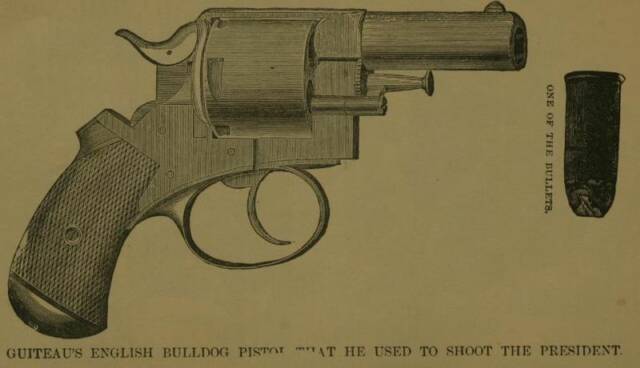
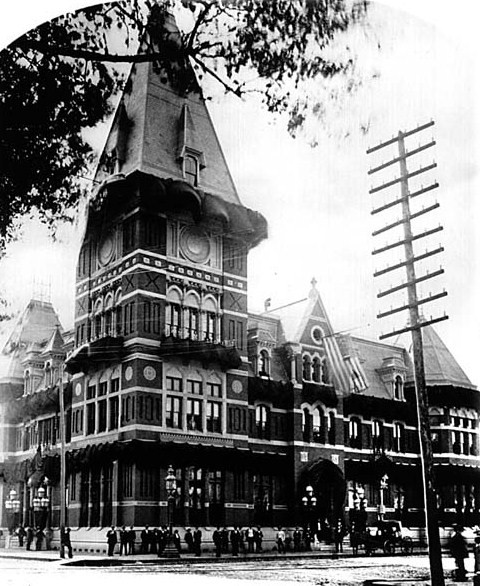
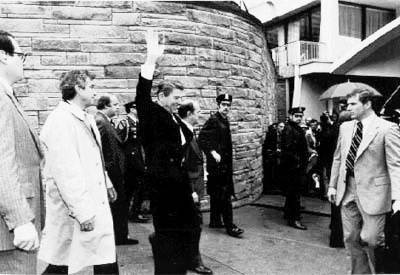
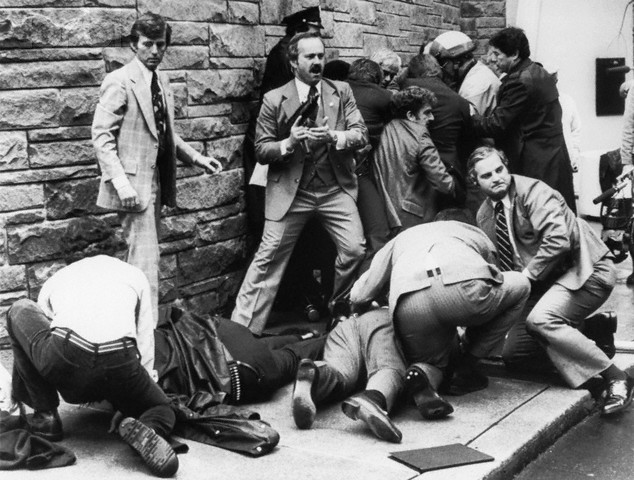


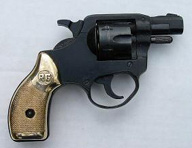

The type of handgu used a .22 Caliber Rohn RG – 14 aka Saturday Night Special

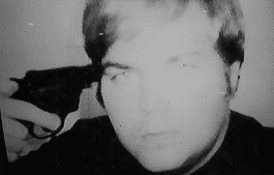
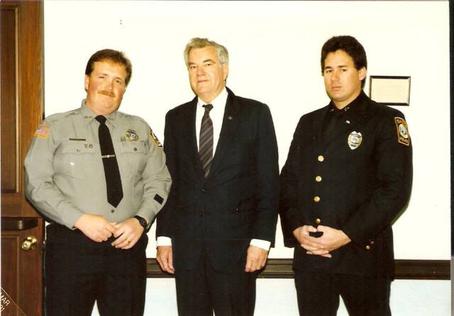
Secret Service Agent Jerry Parr is credited with saving the life of President Reagan that day. While in the limousine after the shooting, they were initially going to return to the Whitehouse. With all the excitement the President didn’t even realize he had been shot. However Agent Parr noticed a small amount of blood on the President and insisted they go to the hospital. The doctors have said that the decision to go to the hospital rather then the Whitehouse allowed them to treat the President in time to save his life. In photo one you can see Agent Parr to the Presidents right side as he waves.

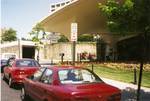
Washington D.C. Metropolitan Police Chiefs
| Name | Dates of Service |
|---|---|
| Peter Newsham | 2016 to Present |
| Cathy L. Lanier | Jan. 2007 – 2016 |
| Charles H. Ramsey | April 1998 – Dec. 2006 |
| Sonya Proctor | Nov. 1997 – April 1998 |
| Larry Soulsby | July 1995 – Nov. 1997 |
| Fred Thomas | Dec. 1992 – July 1995 |
| Issac Fulwood | July 1989 – Sept. 1992 |
| Maurice T. Turner, Jr | July 1981 – July 1989 |
| Burtell M. Jefferson | Jan. 1978 – June 1981 |
| Maurice J. Cullinane | Dec. 1974 – Jan. 1978 |
| Jerry V. Wilson | Aug. 1969 – Sept. 1974 |
| John B. Layton | Dec. 1964 – July 1969 |
| Robert V. Murray | Dec. 1951 – Dec. 1964 |
| Robert J. Barrett | July 1947 – Nov. 1951 |
| Harvey G. Callahan | Feb. 1941 – June 1947 |
| Edward J. Kelly | Nov. 1941 – Feb. 1946 |
| Ernest W. Brown | Oct. 1932 – Nov. 1941 |
| Pelham D. Glassford | Nov. 1931 – Oct. 1932 |
| Henry G. Pratt | April 1929 – Nov. 1931 |
| Edwin B. Hess | Oct. 1925 – April 1929 |
| Daniel Sullivan | Feb. 1922 – Oct. 1925 |
| Harry L. Gessford | April 1920 – Dec. 1921 |
| Raymond W. Pullman | April 1915 – Feb. 1920 |
| Richard Sylvester | July 1898 – April 1915 |
| William C. Moore | Dec. 1886 – July 1898 |
| Samuel H. Walker | July 1886 – Dec. 1886 |
| William M. Dye | April 1883 – June 1886 |
| William G. Brock | Dec. 1879 – April 1883 |
| Thomas P. Morgan | Feb. 1878 – Nov. 1879 |
| A.C. Richards | Dec. 1864 – Jan. 1878 |
| William B. Webb | Sept. 1861 – Nov. 1864 |
President Lincoln wasn’t the only President someone tried to kill where a member of the Metropolitan Police were present. A young Irish Metropolitan Police officer who was on the top of things one day happened to be in the right place at the right time . He would soon find himself and the Metropolitan Police being placed back into history books yet again.
BlacksSheep Productions 2009
As you can see it is not unheard of for an attempted assassination on a President.
I will only mention those I know of that in some way involve the Metropolitan Police.
Assassinations
Abraham Lincoln
James Garfield
William McKinley
John F, Kennedy
Attempted Assassinations
Presidents Deaths Rumored to have been assassinations
Zachary Taylor
Warren G. Harding
My sources of information for these pages are from watching the History Channel, Wikipedia Encyclopedia,The Day Lincoln Was Shot by Jim Bishop and GW Washington Studies by K.G. Alfers. Also from my 22 years as a Police Officer, collecting police memorabilia, meeting people ,watching the news, and hearing stories while sitting with friends over a few beers. So take it for what it is . HISTORY – just like in our school books, it is remembered as it is recorded.
